If you’re planning a trip to Cancun, you might be wondering which is the best time to visit. In this article, we’ll provide a guide about the best months to travel, considering the different factors, such as weather, seaweed, crowds, and the months that offer the best prices to book your next vacation in this top tourist destination.
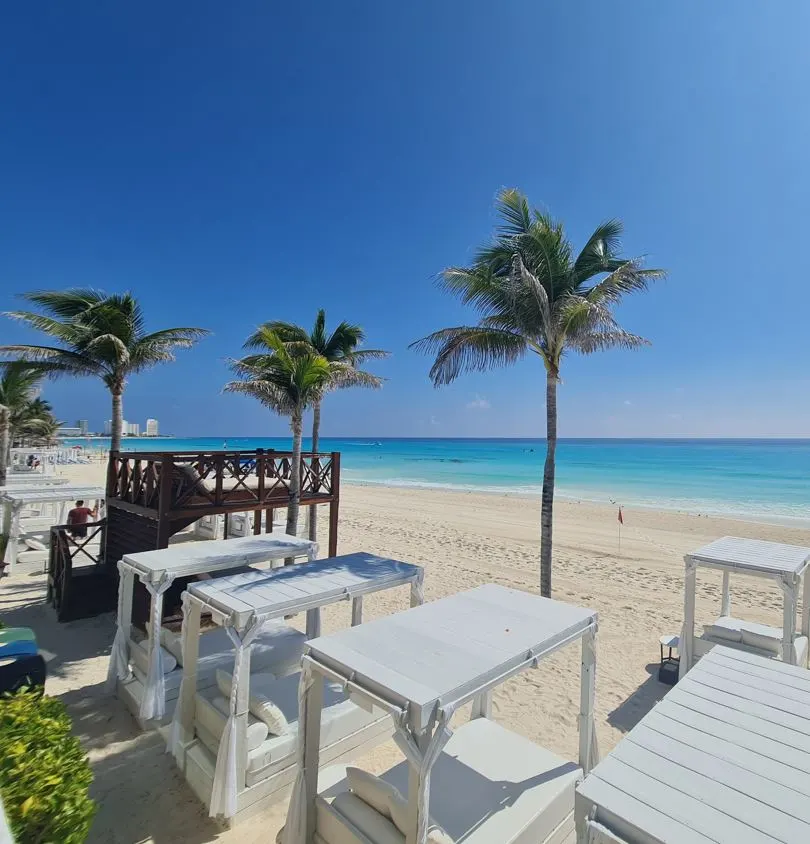
What is the best time of year to travel to Cancun?
If you prefer the cooler or less warm season, the best time to visit Cancun is between December and April because the temperature averages between 25°C (74°F) and 27°C (80°F), with 2 inches of rain per month, and less humidity. If the weather is not an issue for you, but you would like to spend less on your vacation, the best time to travel to Cancun is the low season in September and October.
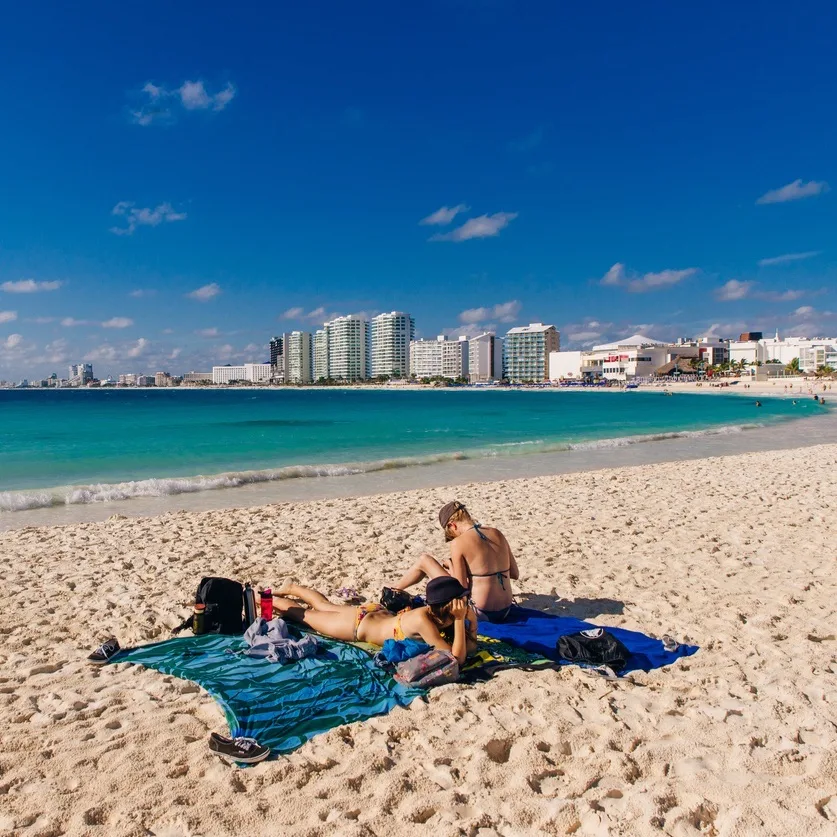
When is the rainy season in Cancun?
Cancun has 3 months with rain: June, September, and October. In this quarter, almost half of all the year’s rain is precipitated, with a monthly average of 6.5 in. The average monthly rainfall varies between 1 in (March) and 3 in (May) for the rest of the year. September and October are the rainiest and most humid months in Cancun, so the demand for travel, tickets, and hotel rates goes down. These months are also within the Atlantic hurricane season, which scares people from traveling to coastal tourist destinations.

When does the high season start in Cancun?
The high season in Cancun begins at the end of November when foreign tourists, especially those from the United States, Canada, and Europe, travel looking for warmer climates. This season runs until January, which is the best time to visit because the weather is milder and there’s little rain. Two seasons that are also considered in high demand, mainly dictated by domestic tourism, are Easter, and the summer holidays (end of June to mid-August).
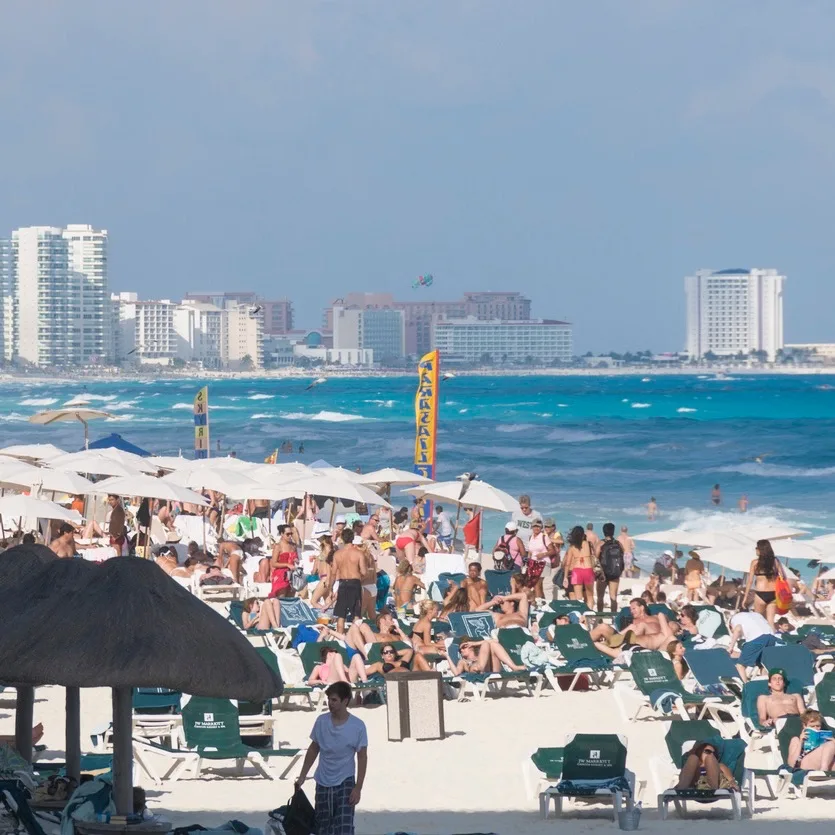
Seaweed Conditions in Cancun and Riviera Maya
In recent years there has been a natural phenomenon that has tarnished and scared off travelers: the seaweed or sargassum season, a problem that, although it’s not a danger to humans, is of some concern. If you’re about to travel and are worried about sargassum in Cancun, here’s a summary of what you need to know about these nasty seaweeds.
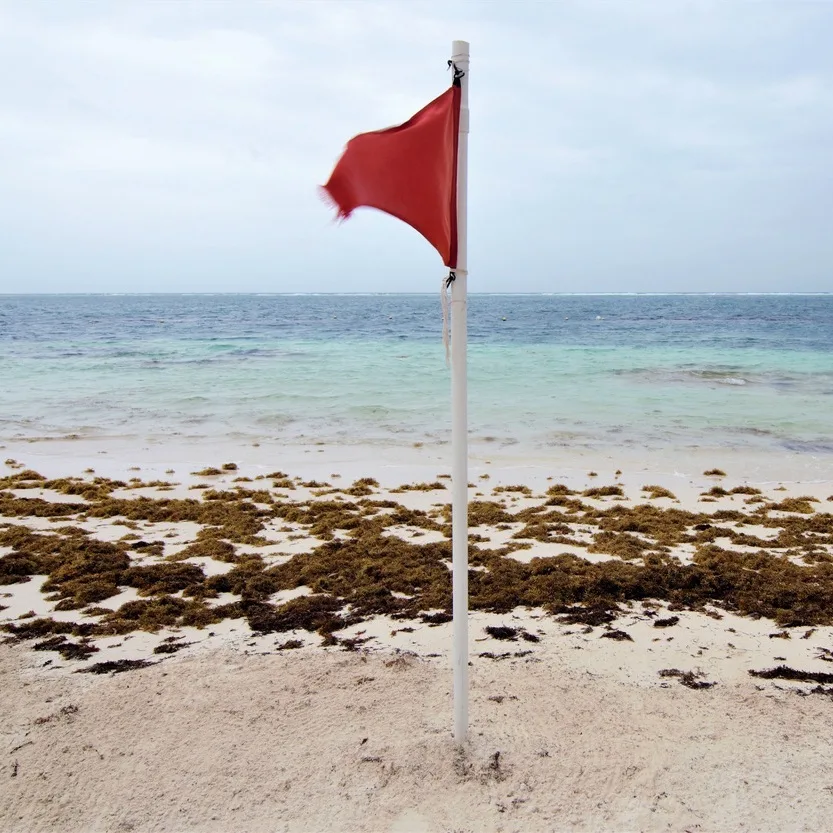
What is Seaweed?
Seaweed is a floating macroalgae that occurs in tropical areas of the planet, especially on the coasts of the Caribbean, with accelerated growth due to climatic conditions. The arrival of seaweed to the shores is a consequence of a natural phenomenon that occurs during the year and in a controlled manner. Pollution and the change in temperatures and water currents of the Atlantic make the amount of these disproportionate. Under normal conditions, seaweed is a beneficial algae for the ecosystem of the waters, being an excellent habitat for shrimp, crabs, fish, and turtles. But its uncontrolled growth poses a risk to the local wildlife and tourism in general.
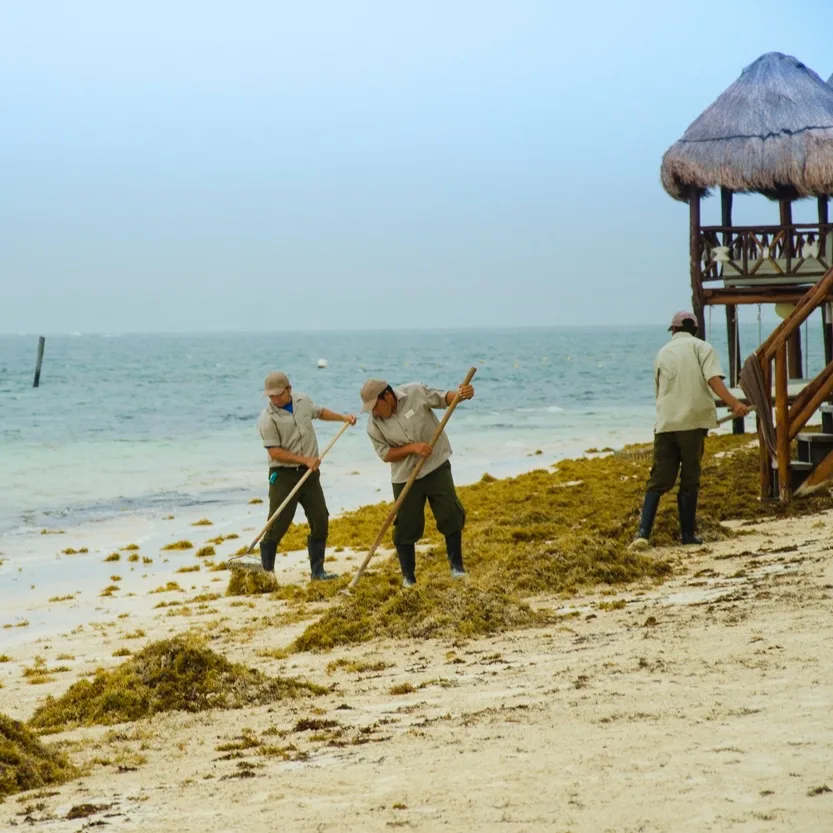
Seaweed Season in Cancun
The Sargasso Monitoring Network of Quintana Roo warned that this 2022 could be a year with a lot of upwelling. Usually, the seaweed begins to arrive in April and March, and from October onwards, there is no seaweed, as this was the case when there was practically none in November. It remained like that until December 15. However, there began to be important seaweed stains in Tulum and Playa del Carmen in the last few days. The Cancun Sargasso Monitoring Network annually evaluates the movement of water currents in the Atlantic Ocean and warns of the arrival of sargassum on the coasts. According to its official website, the seaweed season in Cancun starts in late April or May.
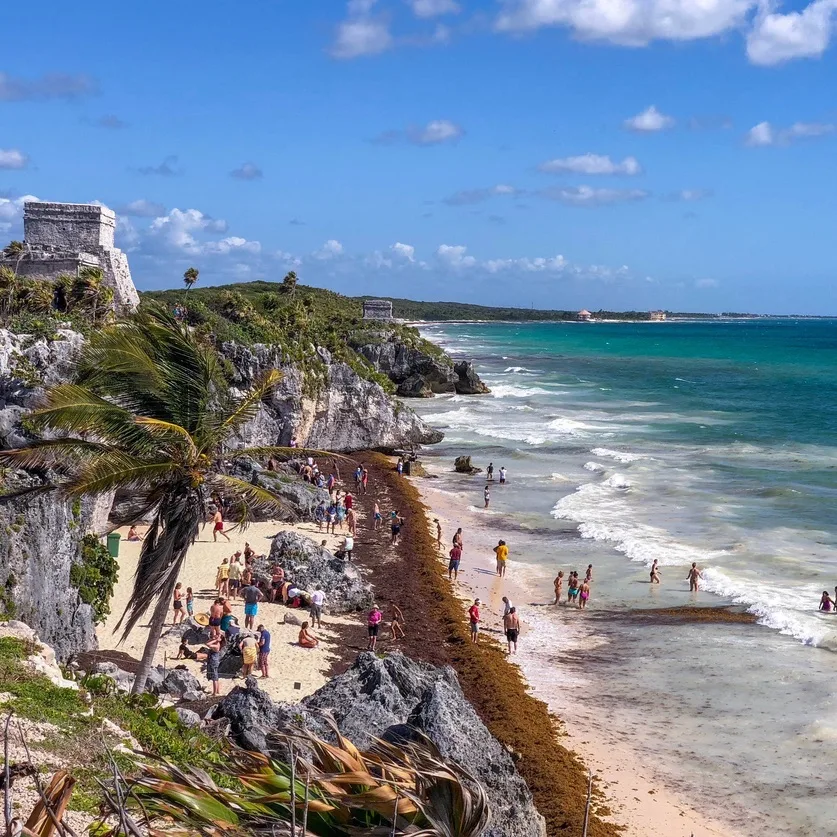
Seaweed Health Tips and Precautions you Should Follow
The presence of seaweed is quite annoying for travelers because it prevents swimming and walking freely along the coasts. We recommend the following to avoid as much as possible running into this macroalgae:
1. Check before traveling if your visit coincides with the seaweed season.
2. Learn more about the phenomenon: the Secretary of Tourism of Quintana Roo offers and updates its information about this event.
3. Contact your hotel or resort service: the hotel staff will be able to inform you about seaweed and how it can affect your vacation.
4. Don’t rely on rumors: there is a lot of misinformation about seaweed. Pay attention only to official information.
5. Not all beaches will be affected. Seaweed isn’t always predictable; it may not affect or reach all the coasts of Cancun. This means there are still plenty of beaches to visit.
6. If you find seaweed, act cautiously; although it’s not harmful to health, it can generate mishaps because it usually gets tangled in your feet.
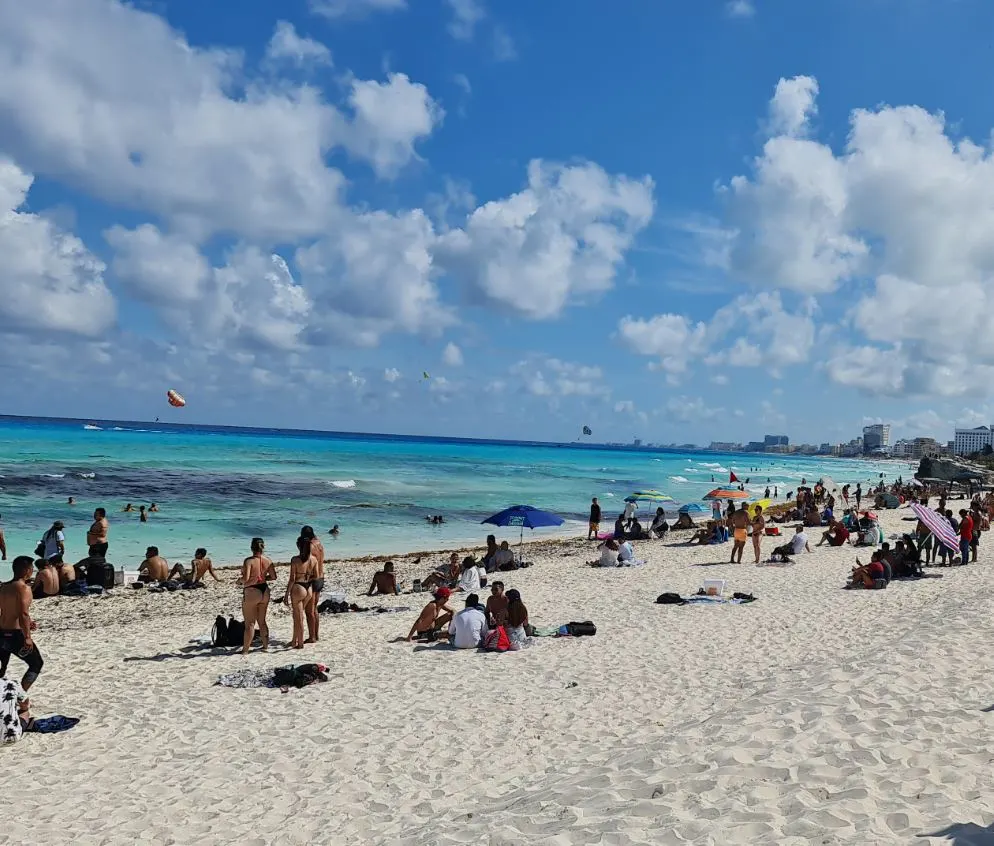
Although seaweed can be an unpleasant sight and a headache for the authorities, it’s a natural phenomenon of unpredictable behavior that is not something that will ruin your vacation.
Plan Your Next Cancun Vacation:
Traveler Alert: Don’t Forget Travel Insurance For Your Next Trip!
Choose From Thousands of Cancun and Riviera Maya Hotels, Resorts and Hostels with Free Cancellation On Most Properties
↓ Join the community ↓
The Cancun Sun Community FB group has all the latest travel news, conversations and tourism Q&A’s for the Mexican Caribbean

Subscribe to our Latest Posts
Enter your email address to subscribe to The Cancun Sun’s latest breaking news affecting travelers, straight to your inbox.

Bernice Kania
Monday 31st of January 2022
I have been in Cancun 17 times . It is my favorite place to visit.
Elaine Burke
Sunday 30th of January 2022
Do you think it will be OK to travel to mexico in may with the pandemic